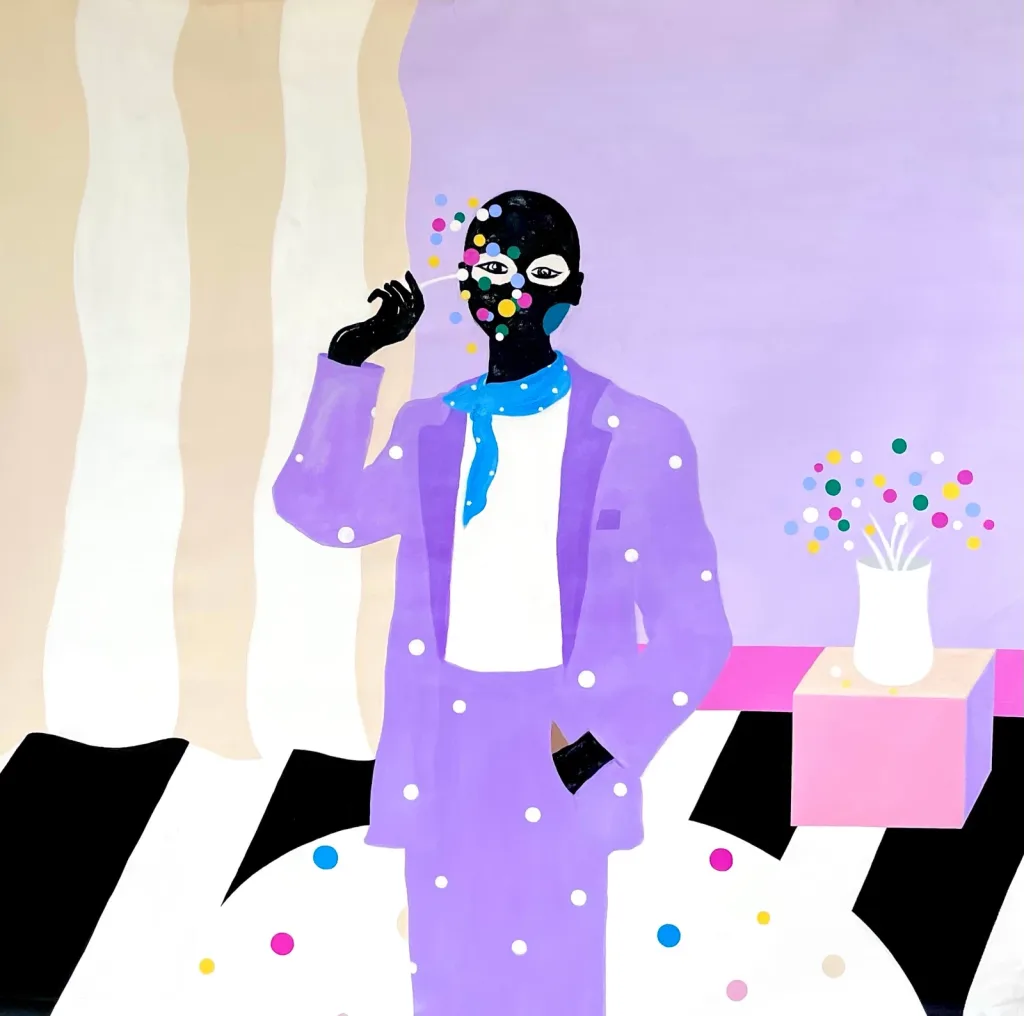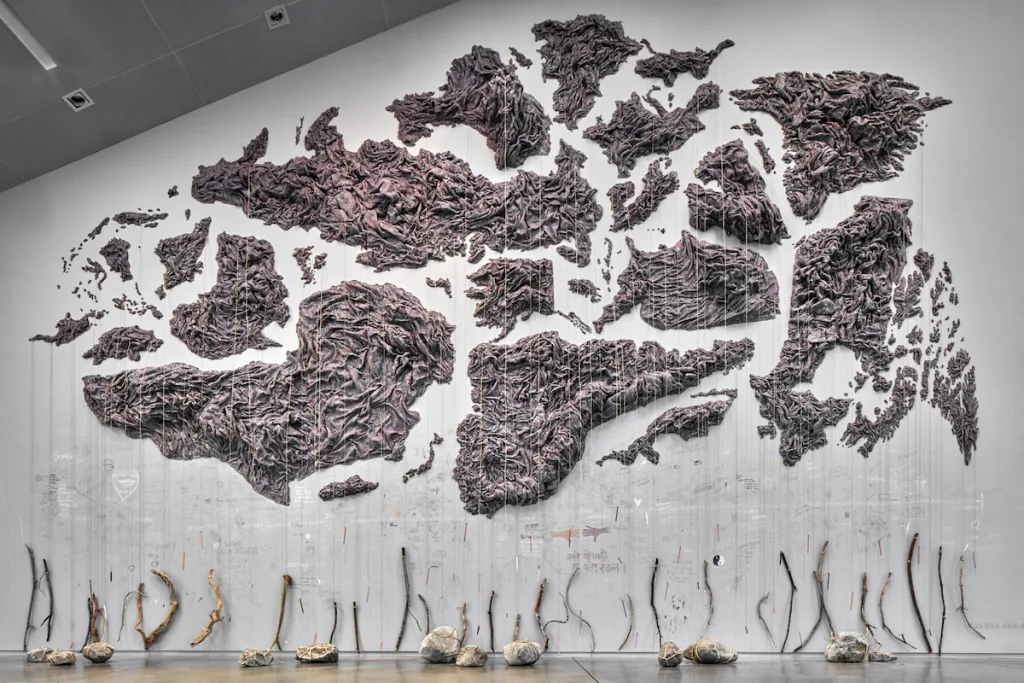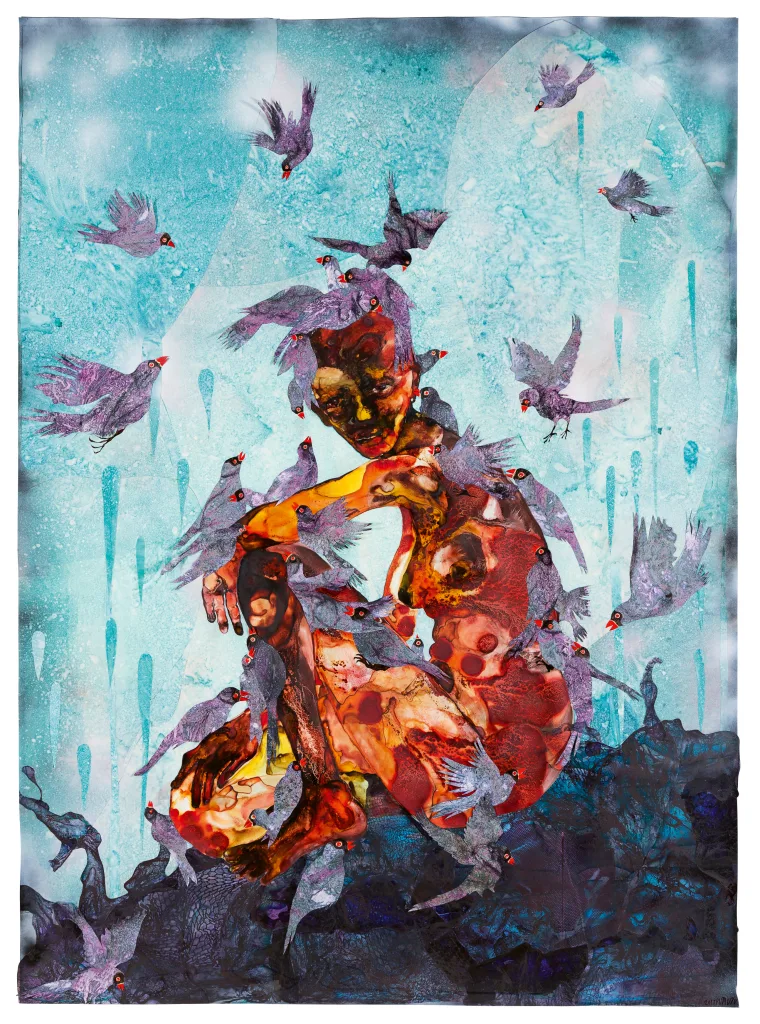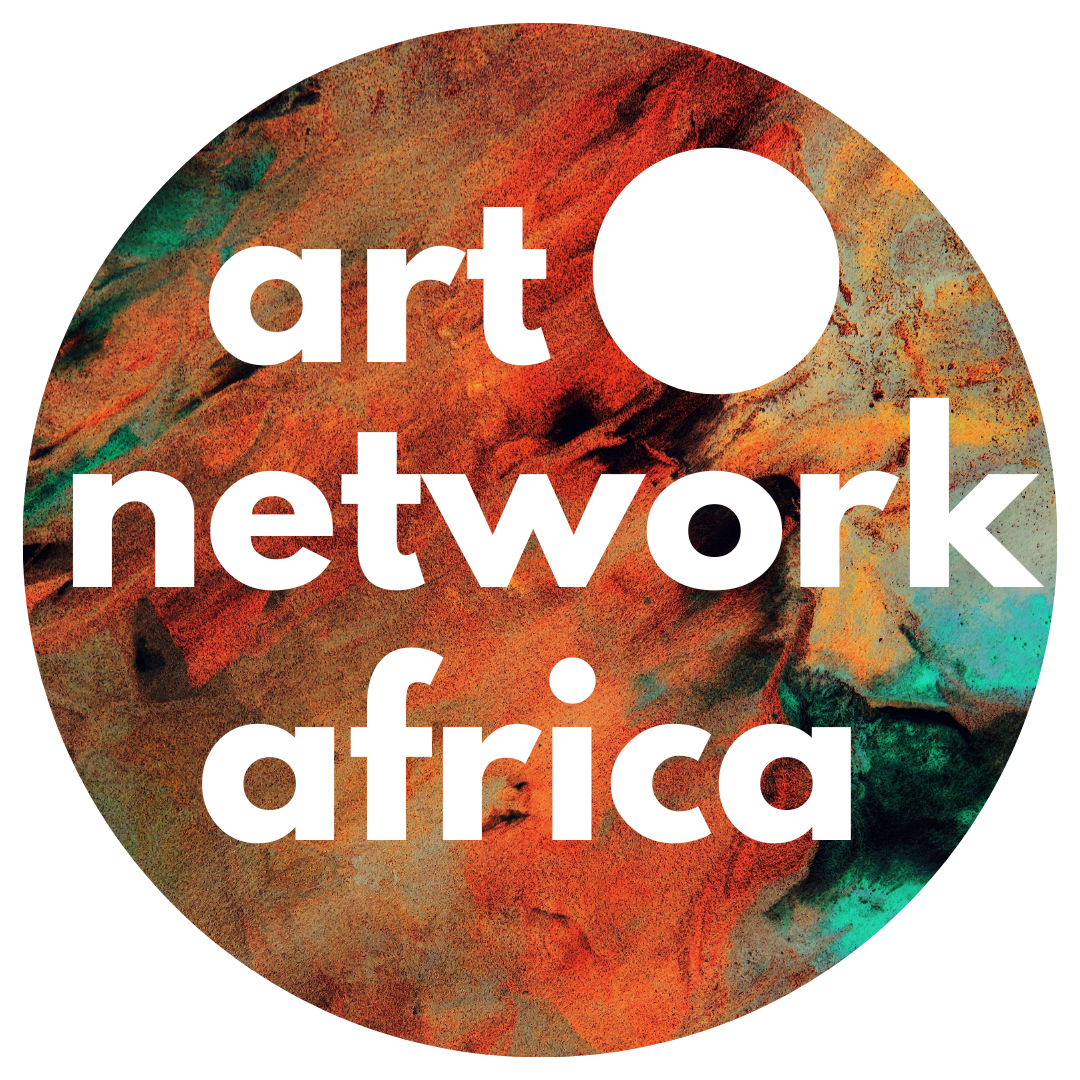Can anybody be an artist?
This philosophical question has sparked debates among art enthusiasts and critics for centuries. Raising questions about the nature of artistic essence and relationship to creativity, skill, and intention. Both of these approaches, though vastly different in execution and ideology, wrestle with what constitutes true artistic expression, and whether reducing or expanding the scope of art affects its very essence. In examining these opposing trends, we can uncover deeper insights into what it means to be an artist in today’s world.
From a minimalist perspective, the answer to this question is a resounding “yes.” Minimalist artists contend that art is accessible to everyone, regardless of technical skill or choice of expression. Embracing stark simplicity, minimalism offers a compelling idea: art, at its core, is about essentials. By stripping away ornamentation, it reveals the fundamental elements of form, color, and space. This reductionist approach, far from diminishing the art, amplifies its purity and emotional resonance. Without extraneous details, minimalist works invite viewers to engage deeply with their essence, encouraging introspection and personal emotional responses unclouded by excess.


This philosophy is often regarded as a form of artistic honesty—a return to the basics of aesthetic experience. In the contemporary African art sphere, Serge Alain Nitegeka epitomized this ethos, tackling global political themes like forced migration through the use of minimalism and abstraction. Likewise, Abe Ogunlende is a contemporary Afro-Minimalist artist who expresses perspectives of life back home through a simplistic minimalist style.
Yet, from the maximalist perspective, this stripping down of art risks eroding its emotional depth and intellectual richness. Thus, to this question, the Maximalist renders a thunderous “no”.
Maximalism is not merely the opposite of minimalism, but a deliberate expansion—of ideas, form, and experience. It is the embrace of complexity, extravagance, and the infinite possibilities of expression. Maximalists believe that art requires skill, craftsmanship, and a deep understanding of the medium, and that anyone can call themselves an artist, but not everyone can create meaningful, impactful art
This form of art thrives on abundance, reveling in the overwhelming and chaotic. It pushes boundaries, drawing viewers into a dense, multi-layered world where every detail holds significance. Every texture, color, and shape is meticulously crafted, weaving an intricate web of meaning that demands close attention and deep engagement. For maximalists, art is not merely an object but a vast, immersive experience that reflects the multiplicity of human emotions and ideas. Its richness and abundance foster a complex dialogue, inviting the viewer to lose themselves in its layers and uncover new depths with each encounter.

Maximalism in contemporary African art is powerfully embodied by Ibrahim Mahama, who uses colorful imitation batik textiles and repurposed jute sacks to create poignant symbols of resilience and identity while examining the intertwined histories of global trade, exploitation, labor and capital through large-scale installations and performances.
Similarly, Wangechi Mutu’s self-proclaimed “maximalist aesthetic” is evident in her layered, hybrid compositions and textured wall-based installations. In A Promise to Communicate (2018), she used gray rescue blankets from humanitarian aid efforts to reinterpret the world map, transforming a simple material into a deeply symbolic, immersive work. Her maximalism extends beyond form, weaving themes of feminism, Afrofuturism, displacement, and marginalization into complex narratives that challenge conventional spaces and ideas. In the collage, Ox Pecked (2018), Wangechi Mutu reimagines the myth of Prometheus through a female figure surrounded by red-billed Oxpeckers, native to Kenya. Her body, flowing with magma and radiant like solar flares evokes imagery of both nature’s brilliance and suffering. By centering a dark-skinned woman in this narrative, Mutu critiques the historical erasure of diverse identities, further amplified by her placement of the figure among Rodin’s busts of European icons.

So, how does each approach affect artistic essence?
Minimalism, with its focus on simplicity, allows artists to distill complex themes into powerful yet straightforward visual statements emphasizing core messages and emotions. Minimalist art removes distractions, encouraging a reflective experience that heightens appreciation for what is essential. By focusing on the purity and clarity of the medium, it demands attention not only to what is present but also to the spaces between the artwork and the viewer, exploring how the artist uses that space to foster a deeper, more introspective interaction with the work.
Nevertheless, it is worthy to note that the pursuit of simplicity possesses the risk of oversimplifying the culture and cultural experiences, potentially erasing nuanced narratives and traditional artistic practices in favor of a more homogenized global appeal.

Maximalism, in contrast, revels in abundance, offering a rich tapestry of textures, colors, and narratives. It embraces complexity and extravagance, drawing viewers into a layered world where every detail, texture, color, and shape is deliberate, forming a web of meaning that demands deep engagement. Its layered complexity invites deeper engagement, allowing artists to embed socio-political messages and evoke emotional resonance. While minimalism offers a focused, meditative space for reflection, maximalism invites a more dynamic, all-encompassing engagement with art that acknowledges and celebrates the richness of human experience. It reminds us that art, like life, is not always about stripping away, but sometimes about embracing the fullness of existence.
Yet, this richness may overwhelm viewers, making interpretation challenging without preexisting context. The risk of superficiality also looms when ornamentation overshadows meaning, reducing the art to decoration rather than substance.
Ultimately, whether or not anyone can be an artist is a matter of interpretation.
Minimalism and maximalism each shape artistic essence uniquely—one seeking purity and universality, the other embracing complexity and depth. Equally, the question posed in the topic takes a similar answer, prompting reflections on whether simplicity enhances or limits artistic expression.


